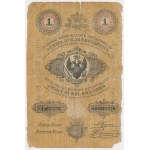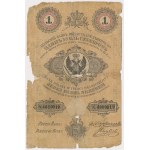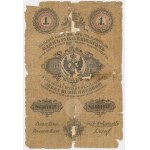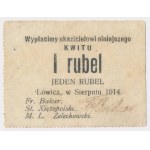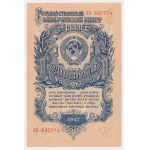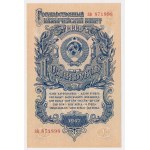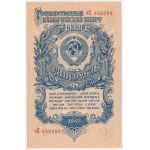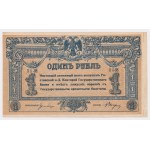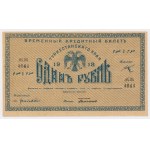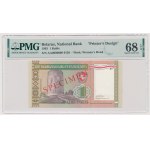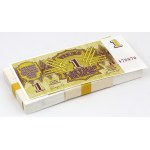The first issue vintage being the longest in circulation and naturally the most worn in it.
Although the issue of this vintage was probably large, the pieces encountered today tend to be heavily worn and often even damaged. This is a typical circulation mechanism, which is well illustrated by contemporary coins. In the People's Republic of Poland, an early vintage of zlotys (1957) was put into circulation in one of the highest mintages, and it has become so scattered and worn that today zlotys from it are the most expensive of all in issue condition, although common and cheap in circulation. Similarly, the first vintage 5 zloty Fisherman 1958 in issue condition reaches 8,000 zloty, where in circulating condition it is a coin for a few zlotys.
This is also the case with this ruble, but the difference is that here even pieces in heavily circulated condition are not available, and when they do appear, they cost several or tens of thousands of zlotys each.
The present piece is excellent. One could say that it is even uncirculated. Stored only as folded in half, with a slight trace of a second vertical fold and minor corner fractures.
All-natural. Clearly visible dry seal, and this is uncommon for silver rubles (especially first issue). Naturally clean, without any conservation treatment.
A clear handwritten signature on the reverse (of the bank's head or controller), and importantly with no destruction of the paper on its line.
Piece with facsimile signature of Alexander Korostowzeff, one of the three directors of the Bank of Poland signing single-copy issues of this vintage.
Series two-digit 54.
An issue unprecedented in such states. This banknote is not only an excellent representative of its first vintage, but in general a specimen representative of the entire first ruble (green) issue. Regardless of the vintage much more difficult to obtain in nice states than the next (orange) one.
A very high quality item.
An excellent banknote.












